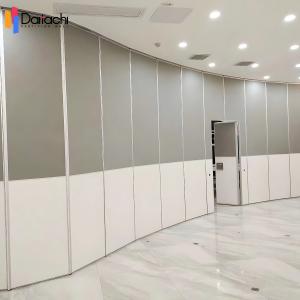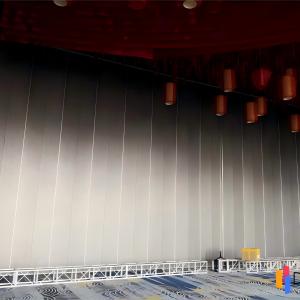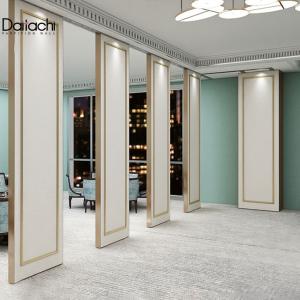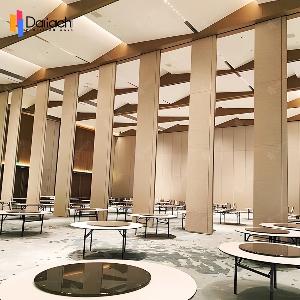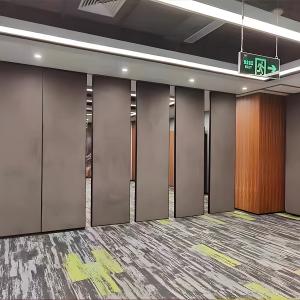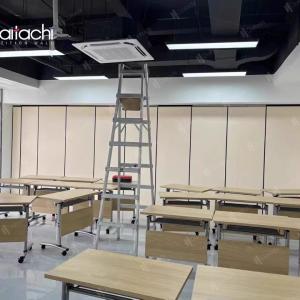Top Benefits of Using Movable Partition Walls in Modern Offices and Homes
In spatial design, Movable Partition Walls go beyond zoning and flow optimization—they embody an aesthetic vision and a way of life. Striking the right balance between flexibility and design intent lies in how we shape the system’s layout and select its materials.
At the heart of a movable wall is its dual capability: to separate and to connect. It divides space with precision, while preserving openness and visual flow. Following the principle of “blending solid and void,” a partition may combine opaque panels with clear or open sections to invite light and increase spatial elasticity. In compact areas, slim-profile and minimalist partitions define function zones without burdening the visual experience.
Material selection plays a vital role in both atmosphere and function. Wood veneer panels bring warmth and calm, ideal for natural or home-office settings. Metal frames, with clean, precise lines, convey modernity, and when paired with textiles or leather, can soften industrial edges and enrich the tactile and visual layers of a space.

More than a divider, a movable wall also shapes visual rhythm and guides circulation. A curved partition at an entryway, for example, may subtly block a direct line of sight while leading attention into the living area. Or a full system might retract flush into a side wall, removing spatial boundaries in seconds and enabling layouts to breathe.
From a design perspective, asymmetry, material contrast, or color blocking can add rhythm and character. In Chinese-style interiors, lattice patterns echo cultural identity; in modern designs, clean silhouettes and intentional “white space” lend clarity and calm.
In terms of style, minimalist interiors benefit from clean, flat panels in neutral or woodgrain tones that emphasize texture contrast. A retro vibe may favor sliding partitions in velvet and metal for a touch of vintage gloss. For wabi-sabi-inspired spaces, raw materials like textured wood or handmade panels restore a sense of natural quiet.
Functionally, today’s movable partitions are increasingly multifunctional. Some modules can integrate bookshelves, display panels, concealed doors, windows, or locks, improving utility without compromising design. Foldable systems allow users to reconfigure space sizes as needed—avoiding the pitfall of “separation for the sake of separation.”
Ultimately, the value of a movable partition wall lies not in its ability to divide, but in how it creates a fluid, meaningful interface between spaces. A well-designed partition is like a thoughtful pause in a conversation—it allows a room to breathe while guiding the user gently through layers of intent, openness, and function.
